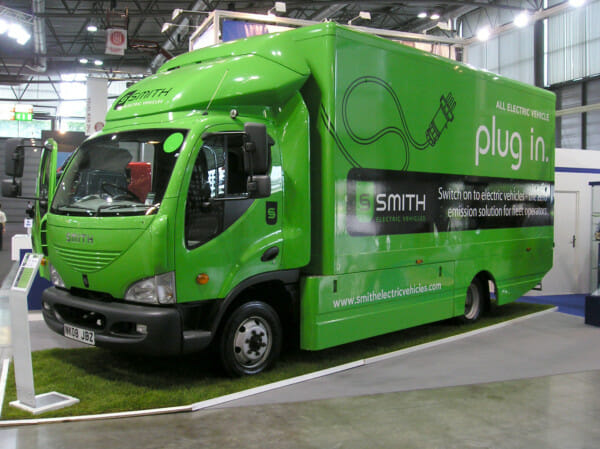The Truth About Purpose-Built vs. Conversions
Among the up-and-coming US-based electric commercial vehicle manufacturers, two approaches are competing for the mindshare of fleet customers: all-new, purpose-built EV’s and EV conversions of established vehicles from major OEMs.
Although the argument for purpose-built electric vehicles resonates with engineers and technical fleet managers, only purpose-built electric transit buses have succeeded to date — and few others are likely to survive in the foreseeable future.
There are three key reasons for this:
Too large a capital investment for too few vehicles
The US commercial vehicle market space is not homogeneous, having several dozen categories of commercial trucks and buses with distinctly and widely varying applications, accessories, drive cycles, range, longevity, and charge time requirements. There simply isn’t sufficient harmonization for any manufacturer to develop a one-size-fits-all solution that can recoup the capital investment required to design, build the tooling, and manufacture a purpose-built electric vehicle. This is true for all manufacturers, whether they are a small startup or an established OEM. Recent history has validated this repeatedly. There are dozens of companies, including large OEM’s like Navistar and small companies like Smith Electric, Azure Dynamics, and Boulder Electric that have tried this model, and failed epically. Further, the bill of materials for a full vehicle is so complex, and changes daily with tariffs and supply-chain changes, that many full-vehicle early-stage manufacturers don’t know their costs, so they offer their vehicles at prices which lead them to take large losses and face their own extinction.

Testing, validation and regulatory compliance are hard
The extensive testing and validation required by commercial customers and regulators to ensure a long-term, reliable product is overwhelming, and neither the customers nor the manufacturers have sufficient patience or capital to play this out. The few that have tried have left their customers with expensive stranded assets that can’t be recovered.
There’s no ecosystem
Nationwide parts, service, and warranty support infrastructure is too expensive to set up and support for a relatively small number of vehicles spread across a wide geographic area. Just getting a replacement mirror can be daunting for a limited production vehicle (ask customers of Smith Electric). In addition, availability of accessories and upfit parts is limited or non-existent for new full-vehicle offerings. Items such as boxes, lifts, shelving, and ramps are widely available for, say, a Ford Transit, whereas they are often not available for purpose-built vehicles, and, specifically, most Chinese import trucks.
For these reasons, Lightning Systems has chosen to leverage commercially proven, widely utilized vehicle platforms, with nationwide parts and service infrastructure, on which to offer a tightly integrated and elegant electric powertrain. The Ford Transit, Ford E-series, Ford F-59, Ford F-550, GM 6500XD, and Gillig transit bus platforms all boast a wide following of dedicated customers, service and upfit partners, and supported accessories. Further, these platforms have all used a CAN-bus architecture since 2009, allowing Lightning to develop a seamless assimilation via sophisticated mechanical integration, control software, over-the-air updates, and telematics, providing a driver and fleet experience that is better than the stock OEM experience. Lightning has moved beyond just electrifying OEM platforms: we now add many features that are not available on the OEM platforms — in some cases 5 years ahead — including driver aids, safety features, and noise/vibration/harshness (NVH) improvements.

 Sign up to download our informative free guide, Electric Commercial Vehicles: What To Look For
Sign up to download our informative free guide, Electric Commercial Vehicles: What To Look For